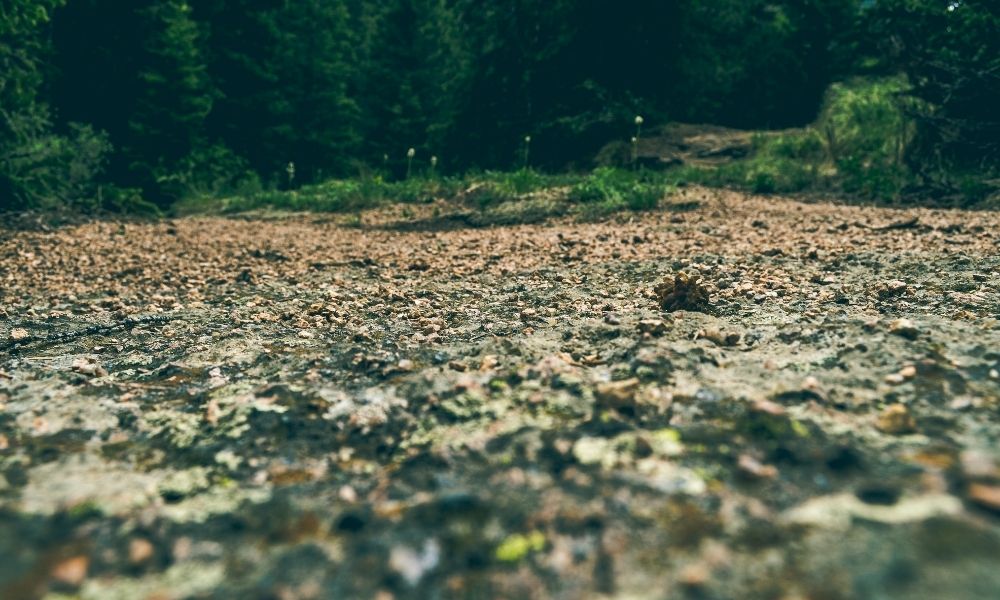
Which Are the Best Trees for Wet Soil: Thriving Tree Specimens
It can be challenging choosing the ideal tree for your backyard, especially if the soil’s conditions are less than perfect. So, if you want to find the best trees for wet soil, you definitely need to pick a tree that thrives in those environments.
Below you’ll find a list of the best trees for wet soils, even on standing water:
River Birch
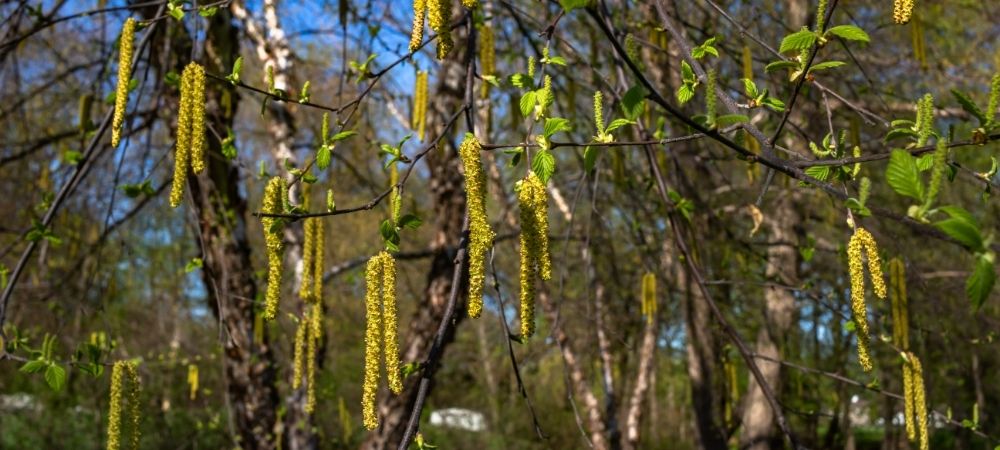
River birch trees are known for their distinct golden-yellow fall foliage. They are medium to tall size trees and a popular, fast-growing tree choice for most yards. In addition, its standing style and peeling bark make them look casual and stately.
They grow 3-4 feet per year, and when fully grown, they can reach up to 50 feet. Additionally, this kind of tree thrives in wet soil.
It may also be known as black birch, red birch, or water birch. Its sun exposure should be full sun to part shade. The salmon-red peeling bark will add color across seasons.
This tree thrives in wet soil, such as along ponds or in low-lying areas. Also, dwarf varieties can be used as foundation trees or in rainwater harvesting.
Characteristics
- Botanical Name: Betula Nigra
- Mature Size: 50-70 feet tall
- Bloom Time: Spring
- Plant Hardiness Zone: 4 to 9 US
- Toxicity: Non-Toxic
Red Maple Tree

The red maple tree gets its name from its beautiful, brilliant red foliage. In the autumn, its leaves become the focal point of any landscape.
Furthermore, these trees vary in size depending on the cultivar and location. Usually, they grow to 40 to 70 feet tall, spreading 30 to 50 feet.
They areually found in moist woods or wet bottomlands, but it can be found in drier rocky areas as well.
Characteristics
- Botanical Name: Acer Rubrum
- Mature Size: 40 to 70 feet tall
- Bloom Time: Spring
- Plant Hardiness Zone: 3 to 9
- Toxicity: Non-Toxic
Weeping Willow Tree
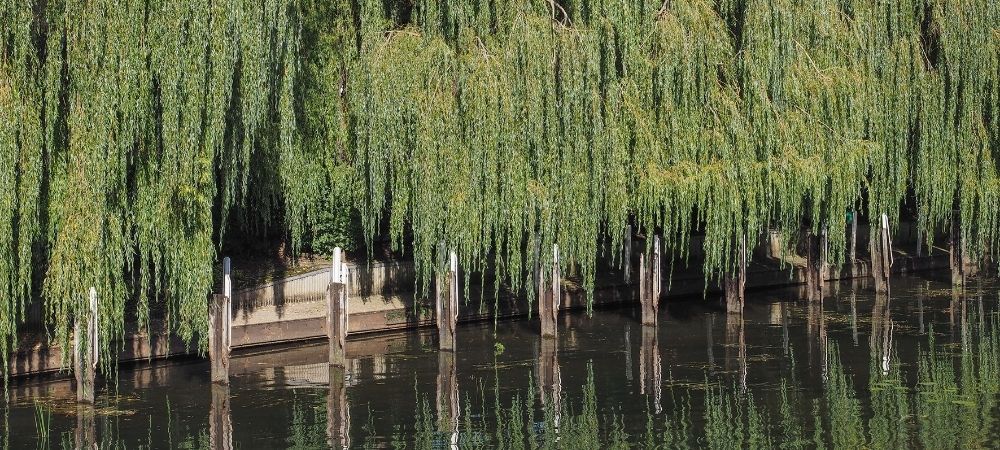
Weeping willow trees are known for their graceful arching stems. The leaves of these trees are lance-shaped and dangle delicately in the breeze.
Besides loving wet soil, the weeping willow is one of the most fast-growing, elegant, and colorful trees out there. In addition, they are incredibly low-maintenance trees that will enhance your landscape.
They can grow up to 50 feet tall and wide, and their sun exposure should be full sun.
Characteristics
- Botanical Name: Salix Babylonica
- Mature Size: 35 to 50 feet tall
- Bloom Time: Late Winter
- Plant Hardiness Zone: 4 to 10
- Toxicity: Non-Toxic
Bald Cypress

Bald cypress has a peculiar pyramidal growing shape, and it displays a particular habit of developing cypress “knees.”
The ideal sun condition for this tree is full sun, meaning it should get unfiltered sunlight at least six hours per day.
Bald cypress has a coloring range from yellowish in spring to light green in the summer to an orangish-brown tone in autumn.
Characteristics
- Botanical Name: Taxodium Distichum
- Mature Size: 60 to 80 feet tall
- Bloom Time: Spring
- Plant Hardiness Zone: 4 to 10
- Toxicity: Non-Toxic
Pin Oaks
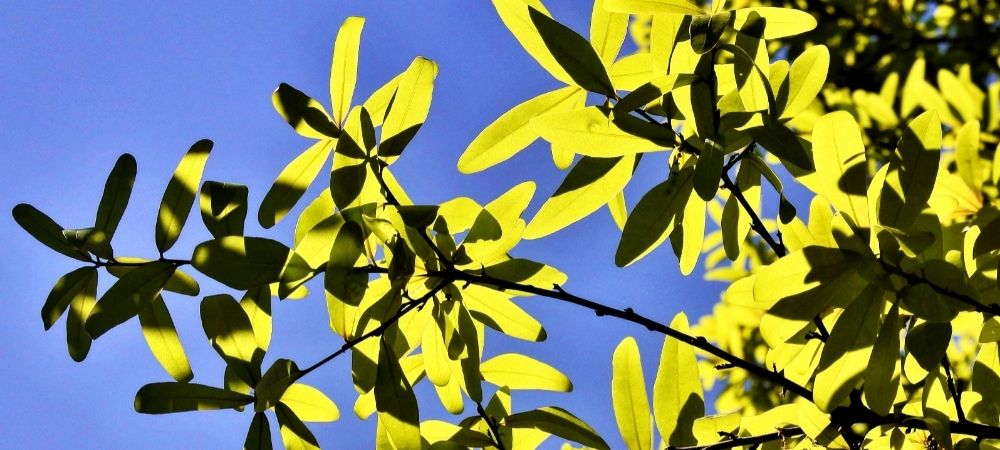
Pin oaks are large, ovate-shaped trees with a growth rate of up to 80 feet tall.
They are fantastic trees for large landscapes due to their fast growth, bright fall color, and winter interest. This oak tree does not mind the dry soil, heat, poor air quality, or wet areas. It thrives in a wide range of environments.
Characteristics
- Botanical Name: Quercus Palustris
- Mature Size: 50 to 70 feet tall
- Bloom Time: Spring
- Plant Hardiness Zone: 4 to 8
- Toxicity: Non-Toxic
Dawn Redwood

The dawn redwood is a very versatile tree. It grows in acidic, wet, sandy, loamy, and clay soils. While this tree tends to prefer moist environments, it can withstand flooding and is drought tolerant.
It thrives in full sun and grows much faster than any other type of evergreen.
Characteristics
- Botanical Name: Metasequoia Glyptostroboides
- Mature Size: 70 to 100 feet tall
- Bloom Time: Spring
- Plant Hardiness Zone: 5 to 8
- Toxicity: Non-Toxic
Sweetbay Magnolia
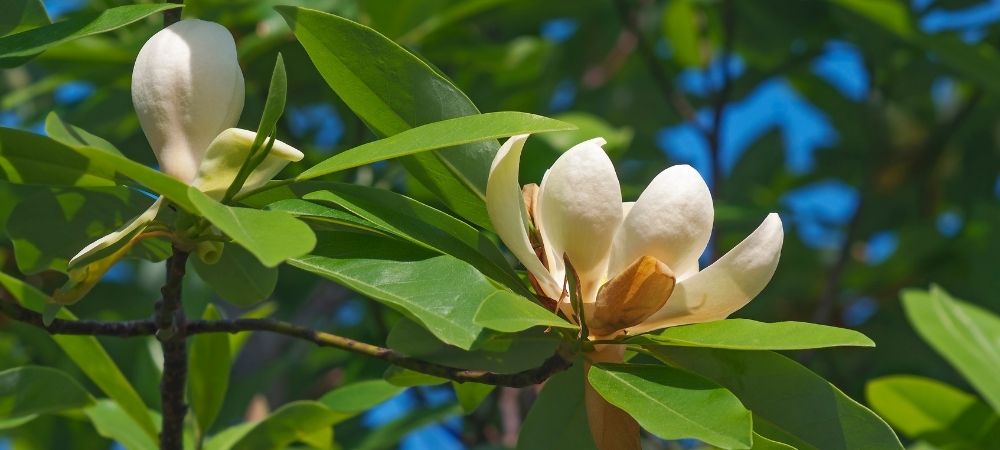
Sweetbay Magnolia is a famous flowering tree that produces a sweet vanilla smell throughout the flowering season.
They love wet soil and even survive in standing water environments. This tree thrives in full sun and partial shade, preferring a minimum of four hours of direct sunlight per day.
It has an elegant shape, and it would make an excellent specimen or patio tree. In late summer, the bright scarlet-red seeded fruit ripens, attracting numerous birds.
Characteristics
- Botanical Name: Magnolia Virginiana
- Mature Size: 10 to 20 feet tall
- Bloom Time: Spring
- Plant Hardiness Zone: 5 to 9
- Toxicity: Non-Toxic
American Sycamore
Known as the “King of the Native Trees,” American sycamore can grow 75 feet tall. Its leaves have a woolly, light green tone and its white upper branches undoubtedly light up any landscape.
They prefer full sunlight and can tolerate weeks of flooding.
Characteristics
- Botanical Name: Platanus Occidentalis
- Mature Size: 60 to 80 feet tall
- Bloom Time: Spring
- Plant Hardiness Zone: 4 to 9
- Toxicity: Non-Toxic
Atlantic White Cedar
Although it’s called Atlantic white cedar, this tree is actually part of the cypress family. Its bark is kind of reddish, and its flowers have a green-yellowish tone.
Individual trees can live for up to a thousand years but stand rarely live for more than 200 years.
Fun fact: During the revolutionary war, people used white cedar charcoal to make gunpowder.
Characteristics
- Botanical Name: Chamaecyparis Thyoides
- Mature Size: 50 – 75 feet tall
- Bloom Time: Spring
- Plant Hardiness Zone: 4 to 9
- Toxicity: Non-Toxic
PawPaw
PawPaw tree characterizes as having the largest North American fruit with a custard texture and tropical flavor.
These small trees can fit into any landscape and thrive in river-bottom lands because of the deep, wet soil. Pawpaw typically blooms in springtime, and it is known for having the perfect flower.
Characteristics
- Botanical Name: Asimina Triloba
- Mature Size: 25 feet tall
- Bloom Time: Spring
- Plant Hardiness Zone: 5
- Toxicity: Non-Toxic
While this is a list of some of the best trees for wet soil, you should consider many factors when deciding to plant one of these beautiful trees. Without a doubt, you need to consider the size, roots, dense branching, and moisture requirements.
If you’d like assistance in the process of choosing a tree to plant on your property, give us a call, and our team will gladly help you out.
Considerations When Choosing Water-Loving Trees
Choosing trees for areas with heavy or persistent moisture involves more than just selecting any tree that tolerates water. It’s important to choose flood-tolerant trees that can survive in saturated soil or even standing water during certain seasons. If you live in areas prone to flooding or water runoff, selecting the right species becomes essential for your landscape’s long-term health.
For example, the weeping willow and bald cypress are exceptional water-loving trees that thrive in floodplains and swampy regions. These trees not only absorb excess water but also contribute to stabilizing soil and preventing erosion in flood-prone landscapes.
Trees for Clay Soil Conditions
Another factor many homeowners overlook is the soil type—especially clay soil, which tends to hold water and drain poorly. Trees such as red maple and sweetbay magnolia are excellent trees for clay soil. They adapt to dense, moisture-retaining soil and remain healthy with minimal interventions.
If you’re unsure about your soil condition, we recommend reading our guide on Best Soil for Planting Trees. Understanding your soil will help you make informed decisions when planting
Enhancing Your Landscape with Shade and Non-Invasive Options
Incorporating flood-tolerant trees doesn’t mean compromising on aesthetics. Trees like the dawn redwood offer stunning visual appeal while growing rapidly in wet soil. They also make excellent shade trees, which are ideal if you’re interested in improving energy efficiency and comfort in your yard.
You can even combine these water-adapted varieties with Small Trees with Non-Invasive Roots if you’re working with limited space or planting near buildings. This ensures your trees grow beautifully without damaging surrounding structures.
For those who want tree options that perform well under full sun and also tolerate seasonal flooding, we recommend checking Best Trees for Shade in Little Rock. Many of those trees also fit perfectly into wet soil landscapes.
Keeping Your Trees Healthy
Waterlogged environments can sometimes pose risks for root health and fungus, so it’s vital to take preventive steps to monitor tree health. Regular care like mulching, seasonal pruning, and disease inspection goes a long way. For more information, explore our guide on Tree Health Tips.
Whether you need to restore an overwatered landscape or take advantage of naturally wet conditions, selecting the right trees will make your outdoor space both functional and beautiful. Always consider tree size, sun exposure, soil type, and root behavior when making your choice.



